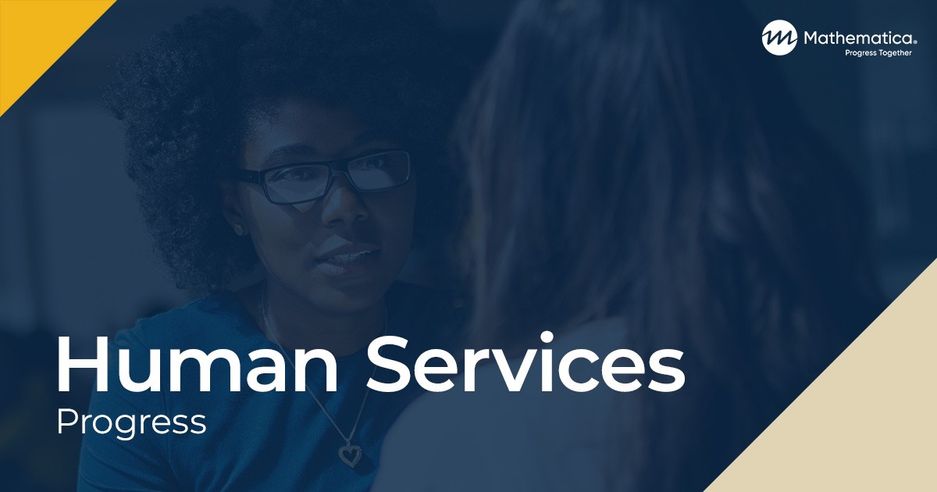Using Behavioral Insights to Increase Youth Use of Workforce Services in Virtual Contexts
Download
Associated Project
Key Findings
- The text messages increased the number of services started by CCMEP participants within their first 60 days in the program. On average, every other person who received the text messages started one more service than they would have otherwise.
- The text messages substantially increased service completion rates. They increased the likelihood that a CCMEP participant would successfully complete at least one program service within their first 60 days in the program by 10 percentage points. This was a 46 percent improvement on the control group mean.
- The text messages had higher impacts on 60-day service completion rates for participants who were: (1) younger than 18, (2) basic skills deficient, and (3) not parents.
- The text messages had no impacts on outcomes measured within the first 90 days—neither the number of services started nor the likelihood of completing at least one service.
In 2021, the Chief Evaluation Office (CEO) partnered with the Ohio Department of Job and Family Services and 11 participating counties in Ohio, funding Mathematica and the American Institutes for Research to conduct the study, Using Behavioral Insights to Increase Youth Use of Workforce Services in Virtual Contexts. The impact evaluation aimed to test how behavioral insights can enhance service engagement and completion among young adults participating in Ohio’s Comprehensive Case Management and Employment Program (CCMEP). The study team tested whether sending weekly text messages informed by behavioral science over 12 weeks could improve CCMEP service use.
Efficiency Meets Impact.
That's Progress Together.
To solve their most pressing challenges, organizations turn to Mathematica for deeply integrated expertise. We bring together subject matter and policy experts, data scientists, methodologists, and technologists who work across topics and sectors to help our partners design, improve, and scale evidence-based solutions.
Work With Us
